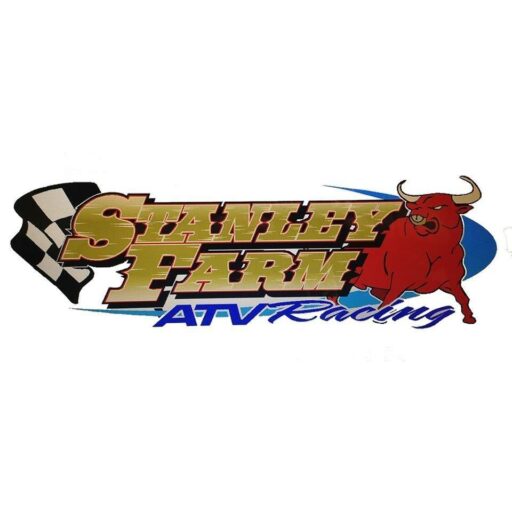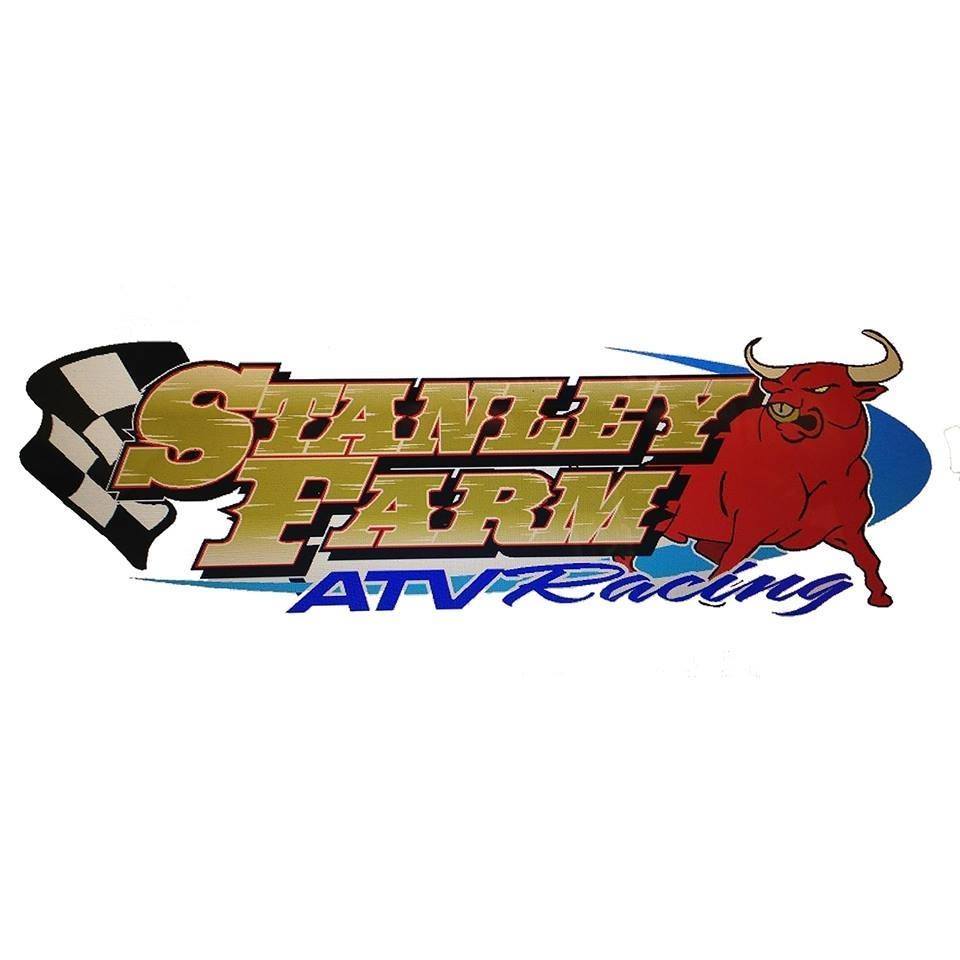Introduction
Ever feel like you’re spraying your fields with a teaspoon instead of a fire hose? If you’re tired of slow, messy application methods, it’s time to meet ATV sprayer systems—the productivity heroes of modern farming. Hook one of these rigs up to your trusty four‑wheeler, and you’ll cover acres in half the time, using fewer chemicals and less labor. Ready to dive in? Let’s explore five top sprayer setups that deliver serious time and money savings.
System Overview: Why Invest in ATV Sprayer Systems?
Time and Cost Savings Explained
Imagine painting a barn with a single brushstroke—sounds impossible, right? Yet that’s essentially what an ATV sprayer system does for your fields. Instead of lugging heavy jugs or hand‑pump sprayers, you glide through rows at 5–10 mph, putting down the perfect amount of solution in one pass. Fewer trips back to the shop mean more time on the ground, less fuel burned, and—best of all—fewer gallons of solution wasted.
What Makes a Great ATV Sprayer System?
Before we jump into our lineup, let’s clarify what sets the best ATV sprayer systems apart:
- Durable Tank: PVC, polyethylene, or stainless steel that won’t crack under UV rays.
- Reliable Pump: Diaphragm or piston pumps that keep pressure steady.
- Versatile Nozzles: Interchangeable tips for broadcast, banding, or spot treatment.
- Easy Mounting: Quick‑attach brackets so you’re spraying in minutes.
Check out our ATV Accessories page for mounting solutions that match every sprayer.
1. Tow-Behind ATV Sprayer Systems
Tow‑behind sprayers are like the pickup trucks of the sprayer world—big tanks and heavy‑duty frames that carry more solution farther.
Key Features of Tow‑Behind Systems
Tank Capacity and Durability
Typically ranging from 25 to 100 gallons, these tanks are built to survive off‑road rigors. Look for corrosion‑resistant polyethylene or stainless steel tanks that stand up to harsh chemicals.
Hitch Compatibility and Installation
Most models use a standard 2-inch trailer hitch, meaning you can hook up in seconds. Some even feature adjustable ball mounts so you can fine‑tune height and angle.
Pros and Cons of Tow‑Behind Sprayer Systems
Pros:
- Massive coverage per fill-up
- Stable ride, even on uneven terrain
- Multiple nozzle boom options
Cons:
- Bulkier; less maneuverable in tight rows
- Heavier load can strain older ATVs
Ideal for large pastures, orchards, or expansive vegetable fields. For details on larger rigs, see our ATV Models guide.
2. Front‑Mounted ATV Sprayer Systems
Front‑mounted sprayers keep your center of gravity low and vision clear—perfect for precision applications.
Advantages of Front‑Mounted Sprayers
Maneuverability and Visibility
Mounted on the front rack, these sprayers put weight over the steering wheels, giving you tighter turning radii and better control in rough terrain.
Mounting Options and Requirements
They often clamp onto factory front racks or use custom brackets. Make sure your ATV’s rack can handle the weight—refer to the Farm Equipment specs for capacity limits.
Ideal Use Cases for Front‑Mounted Sprayers
- Spot‑treating weeds along fencerows
- Applying fertilizers in tight row crops
- Small‑scale vegetable plots or greenhouse runs

3. Handheld ATV Sprayer Attachments
Think of these as the Swiss Army knives of ATV sprayer systems—compact, versatile, and incredibly nimble.
Flexibility and Precision
With a small tank (5–15 gallons) hung on the front or back rack, a hose and wand let you tackle those hard‑to‑reach spots.
Nozzle Options and Adjustment
Choose from fan, cone, or flood nozzles. Swap tips on the fly to switch between a wide broadcast spray and a pinpoint stream.
Quick‑Connect Fittings
EZ‑on/EZ‑off couplers let you swap the wand for a boom or switch tanks in seconds—perfect for multi‑task days.
When to Choose a Handheld Attachment
- Spot‑spraying around posts or irrigation lines
- Applying fungicides in high‑value crops
- Quick maintenance‑zone passes
Check our ATV Attachments tag for the latest gizmos.
4. High‑Capacity ATV Boom Sprayer Systems
When acres are calling, you need a boom sprayer that spreads 6 to 12 feet of coverage in a single pass.
Coverage Efficiency and Reach
Boom widths range from 6 to 20 feet. More width equals fewer passes, which means less overlap and chemical savings.
Boom Width and Control
Fold‑out booms collapse for transport and swing out when you’re ready to spray. Look for adjustable height and angle controls to maintain a uniform spray pattern.
Pump Power and Flow Rate
Piston pumps pushing 3–8 GPM at 40–60 PSI ensure you keep up even at higher speeds.
Use Cases: Large‑Scale Farming
Ideal for row crops, pastures, and cover‑crop applications. Pair with a heavy‑duty ATV from our 2025 Models lineup for power you can trust.
5. Electric ATV Sprayer Units
Say goodbye to noisy engines and fumes. Electric ATV sprayer systems are the new frontier in eco‑farming.
Benefits of Electric Sprayers
Eco‑Friendly and Quiet Operation
Zero emissions and near‑silent performance make these units perfect for sensitive environments like greenhouses and livestock areas.
Battery Life and Charging Considerations
Most kits run on standard ATV batteries or separate lithium packs, delivering 2–4 hours of continuous spraying. Quick‑swap battery trays keep you going all day.
Maintenance Tips for Electric Sprayers
- Keep battery terminals clean—refer to our Maintenance & Repairs guide.
- Inspect wiring harnesses regularly for wear.
- Store indoors during freezing temperatures to protect batteries.
For in‑depth how‑to advice, explore our How-To Guides.
Choosing the Right Sprayer System for Your Needs
Matching System to Farm Size
Small acreages thrive with handheld or front‑mounted sprayers. Mid‑size farms often lean toward tow‑behind units, while large operations benefit from boom sprayers.
Budget Considerations and ROI
Initial costs vary from $400 for basic handheld kits to $3,000+ for top‑end boom setups. Factor in savings on labor, fuel, and chemicals—your ROI often hits break‑even within one growing season.
Essential ATV Accessories for Sprayer Systems
Storage Racks and Mounting Kits
A solid rack and quick‑attach brackets make loading and unloading tanks a breeze. Check out our ATV Accessories collection for rack options.
Additional Nozzles and Spare Parts
Keep a maintenance log—spare tips, gaskets, and fittings can save hours of downtime. Browse our Maintenance Log tag for checklists and spares.
Maintenance and Repair of ATV Sprayer Systems
Routine Cleaning and Upkeep
Flush your system after every use with clean water. Remove and soak nozzles in a mild detergent to prevent clogs.
Troubleshooting Common Issues
- Uneven Spray Pattern? Check nozzle wear and replace tips.
- Loss of Pressure? Inspect pump diaphragms and seals.
- Battery Won’t Hold Charge? Test and replace aging batteries.
Dive deeper in our Maintenance & Repairs section.
Conclusion
ATV sprayer systems aren’t just a luxury—they’re a game‑changer. From tow‑behind giants that conquer fields in a single go to electric whisper‑quiet rigs perfect for eco‑farming, there’s an ATV sprayer system designed for every scale and budget. By choosing the right setup and keeping up with simple maintenance, you’ll slash labor costs, reduce chemical waste, and finish your spraying chores in record time. It’s like turning your ATV into a time machine—fast forwarding your workload so you can focus on what really matters: growing a bountiful, healthy crop.
FAQs
1. How often should I clean my ATV sprayer system?
Flush the tank and hoses after every use, and deep‑clean nozzles weekly if you spray daily.
2. Can I install a sprayer on any ATV model?
Most sprayers fit standard racks and hitches—check compatibility on our ATV Models page.
3. How do I choose between a tow‑behind and front‑mounted sprayer?
Tow‑behind units offer higher capacity; front‑mounted sprayers provide better maneuverability in tight spaces.
4. Are electric sprayer systems powerful enough for larger farms?
Yes—modern electric pumps deliver 4–6 GPM, sufficient for mid‑size operations, with the bonus of quiet, eco‑friendly operation.
5. What safety precautions should I take when spraying?
Wear protective gear, follow chemical labels, and inspect hoses and fittings for leaks—see our ATV Safety tips.
6. Can I use my sprayer for fertilizer and pesticide applications?
Absolutely. Just clean thoroughly between different chemicals to avoid cross‑contamination.
7. Where can I find replacement parts for my sprayer?
Check our ATV Accessories and Maintenance & Repairs sections for genuine replacement kits.
2/2
o4-mini


